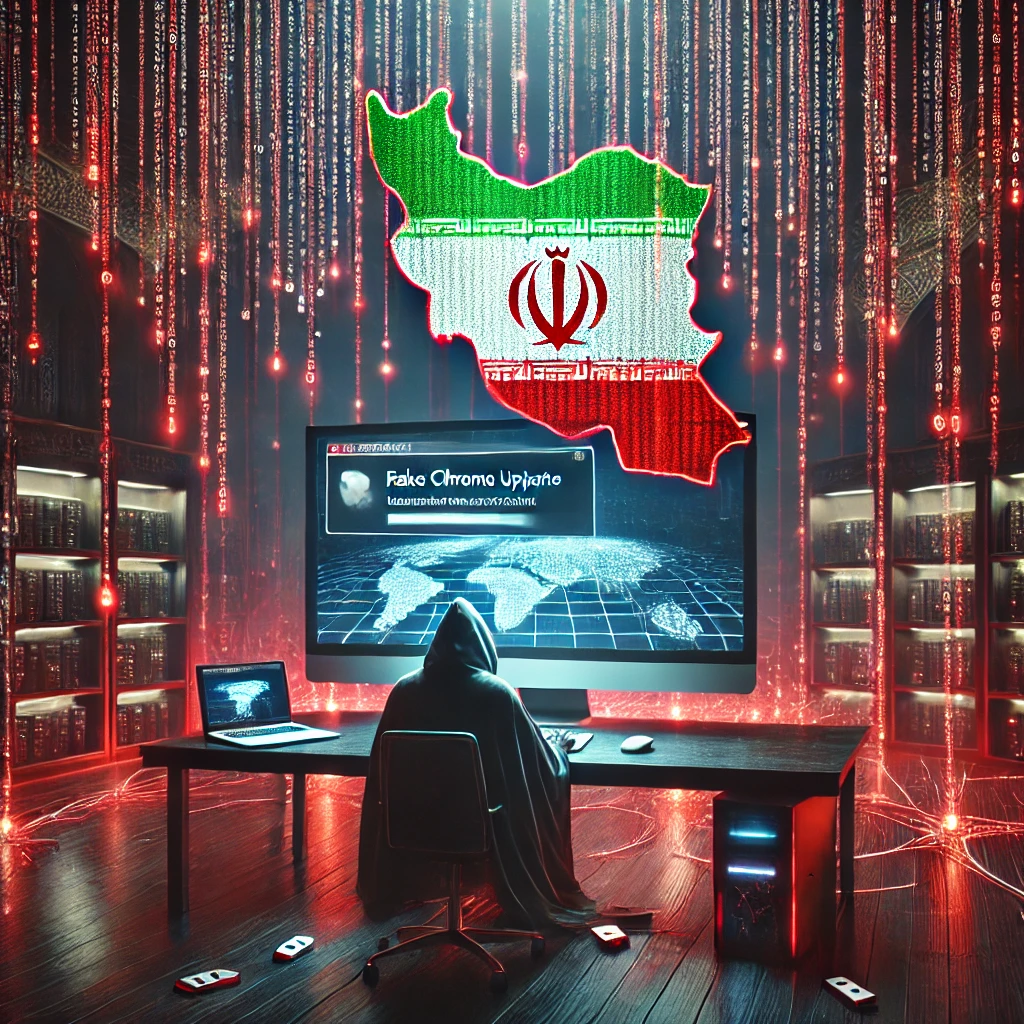In a notable escalation of cyber espionage activities, Iranian state-sponsored hackers have developed and deployed a new malware known as WezRat. This advanced remote access trojan (RAT) targets Israeli organizations and is part of a broader campaign reflecting the evolving tactics of cyber adversaries. The emergence of WezRat highlights the dynamic nature of state-sponsored cyber operations and the growing threats they pose to national security, businesses, and individuals worldwide.
The Discovery of WezRat
WezRat first surfaced in September 2023, identified by cybersecurity researchers during investigations into a wave of cyberattacks against Israeli entities. Distributed primarily via phishing emails, the malware demonstrates the continued reliance of threat actors on social engineering techniques to infiltrate target systems. The phishing emails were meticulously crafted, mimicking official communications from the Israeli National Cyber Directorate and urging recipients to install what appeared to be a legitimate Chrome security update.
The campaign’s sophistication, from email design to the technical attributes of the malware, suggests significant investment and expertise. WezRat exemplifies a shift towards modular, adaptive malware that can operate stealthily within target environments.
Technical Capabilities of WezRat
WezRat is a highly functional malware designed to grant its operators extensive control over compromised systems. Its core capabilities include:
- Command Execution: The malware allows attackers to execute a wide range of commands on infected devices, enabling them to manipulate files, run programs, and gather intelligence.
- Keystroke Logging: By capturing every keystroke, WezRat can steal sensitive credentials, such as passwords and private messages.
- Clipboard Content Theft: The malware monitors and exfiltrates clipboard data, which often contains sensitive information like copied passwords or personal details.
- Screenshot Capture: It can take screenshots of the victim’s desktop, providing attackers with visual insights into user activities.
- Cookie Theft: WezRat targets browser cookies, enabling attackers to hijack user sessions and impersonate the victim online.
Additionally, WezRat’s modular design allows it to download and execute additional DLL files, which can extend its functionality. This adaptability makes it a powerful tool for cyber espionage, allowing operators to tailor its capabilities to specific objectives.
Phishing: The Gateway to Intrusion
Phishing remains a cornerstone of cyberattacks, and the WezRat campaign is no exception. The emails distributing the malware were designed to appear credible, leveraging official branding and language to deceive recipients. By presenting the malware as a Chrome security update, the attackers capitalized on widespread awareness of browser vulnerabilities and the importance of staying updated.
This approach underscores the need for organizations to invest in robust email security solutions and comprehensive employee training programs. Awareness and vigilance are key to identifying and thwarting phishing attempts, particularly those as sophisticated as the WezRat campaign.
Attribution and Motives
The deployment of WezRat has been attributed to Iranian state-sponsored threat actors, based on technical evidence and the campaign’s alignment with Iran’s strategic interests. Over the years, Iran has consistently engaged in cyber operations targeting regional adversaries, including Israel, as part of broader geopolitical tensions.
The motives behind these operations are multifaceted:
- Intelligence Gathering: Cyber espionage campaigns often aim to collect sensitive information from government, military, and private sector entities.
- Disruption: By infiltrating critical systems, attackers can disrupt operations and sow confusion among adversaries.
- Psychological Impact: The mere knowledge of such advanced capabilities can create fear and uncertainty within the targeted population.
Broader Implications for Cybersecurity
The emergence of WezRat is a stark reminder of the evolving threat landscape and the growing sophistication of state-sponsored cyberattacks. It highlights several key challenges for the cybersecurity community:
- Adaptation of Threats: Malware like WezRat demonstrates how adversaries are continuously refining their tools and techniques to bypass traditional security measures.
- Importance of Threat Intelligence: Real-time threat intelligence is crucial for identifying and mitigating emerging threats before they cause significant harm.
- Global Collaboration: Cyber threats often transcend national borders, necessitating international cooperation to share intelligence and develop coordinated responses.
Lessons for Organizations
Organizations, especially those in high-risk sectors, can draw several lessons from the WezRat campaign:
- Invest in Email Security: Advanced email filtering solutions can detect and block phishing emails before they reach employees.
- Implement Multi-Factor Authentication (MFA): Even if credentials are compromised, MFA can prevent unauthorized access.
- Regular Patching: Keeping systems and applications updated reduces the risk of exploitation.
- Incident Response Plans: Having a robust incident response plan ensures that organizations can quickly and effectively respond to breaches.
The Road Ahead
As state-sponsored cyber operations become more sophisticated, it is imperative for governments, businesses, and individuals to remain vigilant. The discovery of WezRat underscores the importance of proactive measures to safeguard digital ecosystems.
Conclusion
The deployment of WezRat by Iranian hackers represents a significant development in the realm of cyber espionage. Its advanced capabilities and stealthy nature make it a potent tool for adversaries, posing a serious threat to targeted organizations. By understanding and addressing the tactics employed in campaigns like these, the global cybersecurity community can take steps to mitigate risks and protect critical assets.
For now, vigilance, education, and robust defense mechanisms remain the best countermeasures against such evolving threats.
